Preaching World Peace by Day, Peddling Lethal Weapons by Night
IPS 11.03.2019 Thalif Deen Translated by: Jpic-jp.orgThe Middle East, one of the world’s most politically-volatile and war-ravaged regions, has doubled its arms imports during the past five years, according to the Stockholm International Peace Research Institute (SIPRI).

The sharp increase in arms purchases has been triggered – directly or indirectly—by several conflicts and civil wars in the region, primarily the devastating four-year-old military conflict in Yemen which has resulted in “the world’s worst humanitarian crisis” with more than 5,000 civilians either killed or wounded in 2018.
The latest figures on military sales released by SIPRI March 11 also identifies the world’s five largest arms exporters in 2014–18, namely, the United States, Russia, France, Germany and China. (with the exception of Germany, all four are permanent members of the UN Security Council, along with UK, the sixth largest arms exporter).
Together, they accounted for a hefty 75% of the total volume of arms exports in 2014–18. The Security Council, the most powerful UN body dealing largely with conflict-resolution, relentlessly preaches the message of peace to the world at large – while all five of its permanent members are peddling arms and sustaining conflicts – in Yemen, Syria, Iraq, Afghanistan, Libya, and fuelling the longstanding Israeli-Palestinian conflict.
The warring parties in all of these conflicts are using weapons either from the US, France, UK, China or Russia - or are receiving military intelligence and air support from the five big powers.
One Asian diplomat put it this way: “They are retailing peace while wholesaling arms”. SIPRI said arms imports by states in the Middle East increased by 87% between 2009–13 and 2014–18 and accounted for 35% of global arms imports in 2014–18. Saudi Arabia became the world’s largest arms importer in 2014–18, with an increase of 192% compared with 2009–13. Arms imports by Egypt, the third largest arms importer in 2014–18, tripled (206%) between 2009–13 and 2014–18 while arms imports by Israel (354%), Qatar (225%) and Iraq (139%) also rose between 2009–13 and 2014–18, according to SIPRI. However, Syria’s arms imports fell by 87%, despite an ongoing eight-year-old civil war in that country which is militarily supported by Russia and China.
Dr. Natalie J. Goldring, a Senior Fellow and Adjunct Full Professor with the Security Studies Program in the Edmund A. Walsh School of Foreign Service at Georgetown University, says that SIPRI has once again documented the continuing contribution of the major suppliers to a world awash in weaponry, with the United States remaining the primary culprit. “Because the supply of major conventional weapons is so concentrated, control measures involving the top six suppliers could have a significant effect on the international market.” Unfortunately, these countries have allowed profits to dominate principles, said Dr Goldring. The consequences of the excessive and destabilizing accumulations of weapons are particularly devastating in the Middle East.
“Each year, the US Department of State documents extensive Saudi human rights abuses. Yet the Trump Administration enables these same abuses with its arms transfers." She also pointed out that the Trump Administration continues to focus on increasing profits from arms sales, rather than on the human consequences of these sales. "The Trump Administration has also failed to hold Saudi Arabia responsible for the brutal murder of journalist Jamal Khashoggi.”
However, there are still reasons for hope.
For example, Members of Congress are moving to restrict US military activities related to the war in Yemen, and to hold Saudi Crown Prince Mohamed bin Salman responsible for the murder of Jamal Khashoggi, said Dr Goldring, who also represents the Acronym Institute at the United Nations on conventional weapons and arms trade issues. Asked about the rise in arms sales to the Middle East, in the context of conflicts in Yemen, Syria and Libya, UN spokesperson Stephane Dujarric told reporters last week: “None of these conflicts needs more arms. They need more political commitment to achieving peace for the people”.
Asked about transparency in arms sales, Pieter Wezeman, Senior Researcher at SIPRI’s Arms and Military Expenditure Programme, states that transparency differs among the top-5 arms exporters, USA, Russia, France Germany and China (and the UK as 6th). All six usually report their exports of major arms to the UN Register of Conventional Arms (UNROCA). France, Germany and the UK also report exports of small arms to the UNROCA, and they report similar data to the Arms Trade Treaty secretariat (the other three are not members to the ATT). But reporting to the UNROCA is not always complete or accurate, and many states do not submit information. He pointed out that Germany, the UK and France publish annual arms export reports and submit data to the annual EU arms export report. There is a large amount of data in there, which gives a good overview of the arms exports of these countries, even do they are not always easy to read, said Wezeman.
The US has several administrative procedures for arms exports. Exports in which the US government plays a leading role, either because it involves military aid or selling surplus DoD (Department of Defence) equipment or because it involves what is called Foreign Military Sales (FMS) in which the DoD helps allied states with administering and negotiating arms procurement in the US, such arms exports are generally rather transparent. The government will release formal announcements when a country officially starts negotiating for a major arms deal and also when the actual contract is signed. However, when a country buys weapons directly from a US company, with the government only providing the export permit, information will be more scarce.
Wezeman said Russia and China do not publish national arms export reports. Asked whether there are any restrictions on the use of these weapons by the buyers– for example using them against civilians — or any restrictions on the transfer of these weapons to third parties without the permission of the exporting country, Wezeman said there can be such restrictions. For example, when Germany supplied armored vehicles as military aid to Turkey it has at times included a clause that these were not to be used in the East of Turkey, in the war with Kurdish groups. Recently, it was reported that the US appears to have included a clause that Pakistan not to use its American-made F-16 fighter planes over Kashmir, though exactly what the clause says is not known. A clause that the weapons are not to be used against civilians is not likely to be included, as using arms deliberately against civilians is already prohibited by international law. Wezeman said it is common to include clauses that the buyer of arms be not allowed to transfer them to anyone else without the explicit permission from the exporting state.
See the article in its original place: Preaching World Peace by Day, Peddling Lethal Weapons by Night







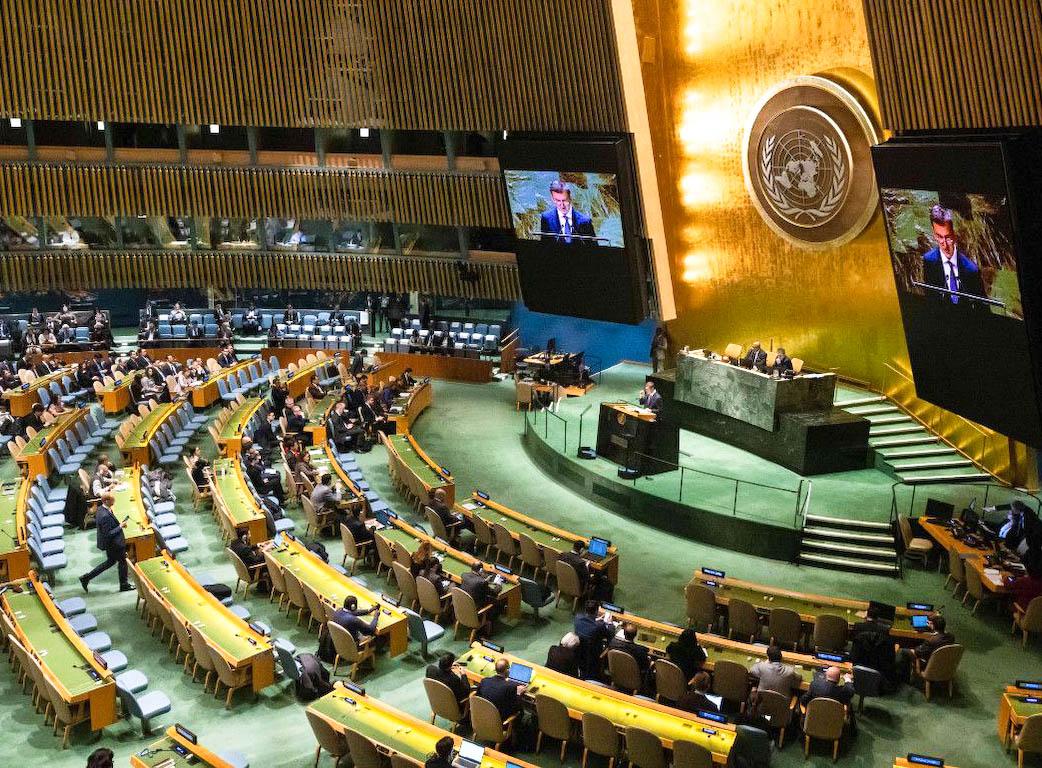

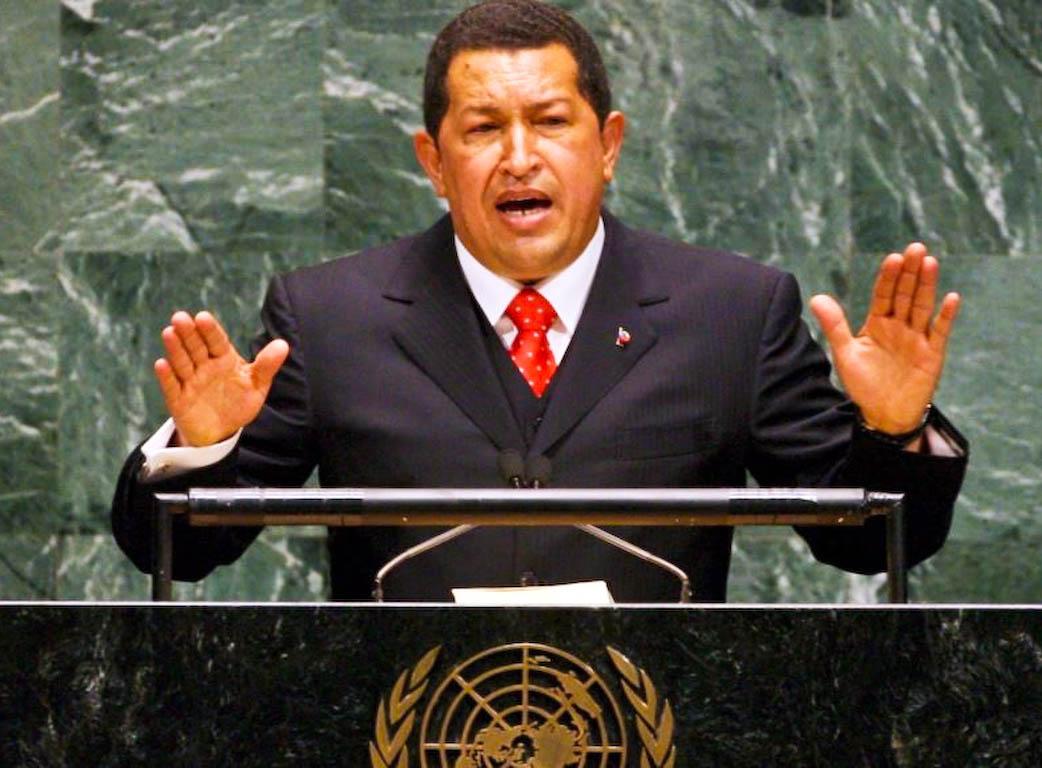
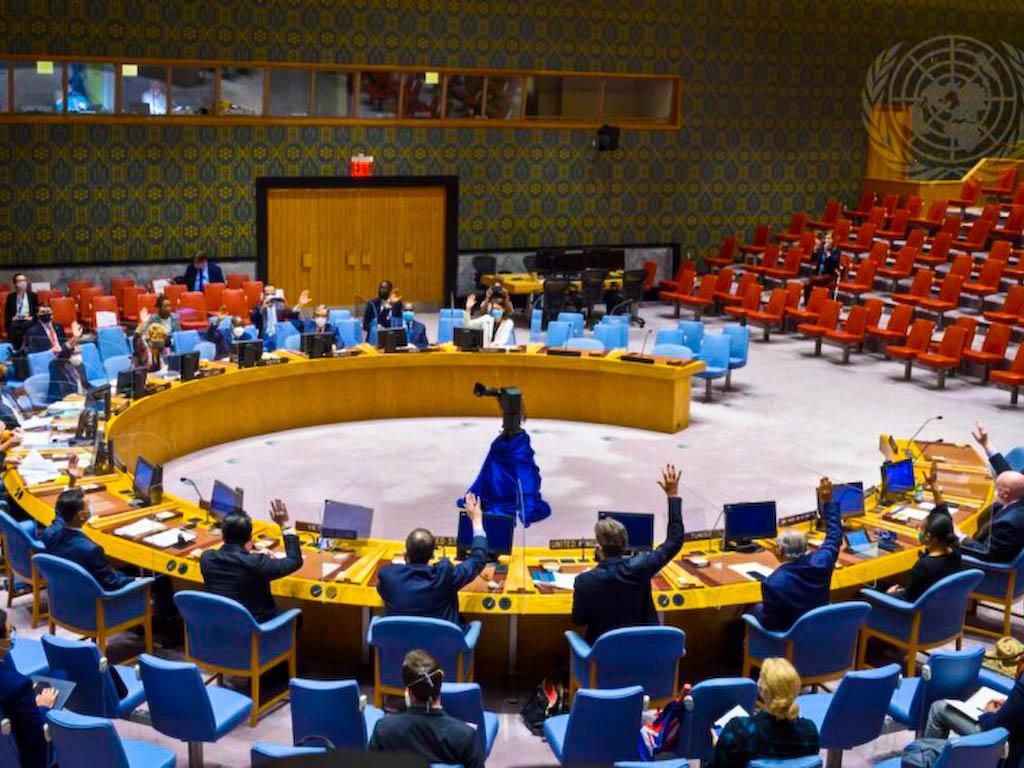
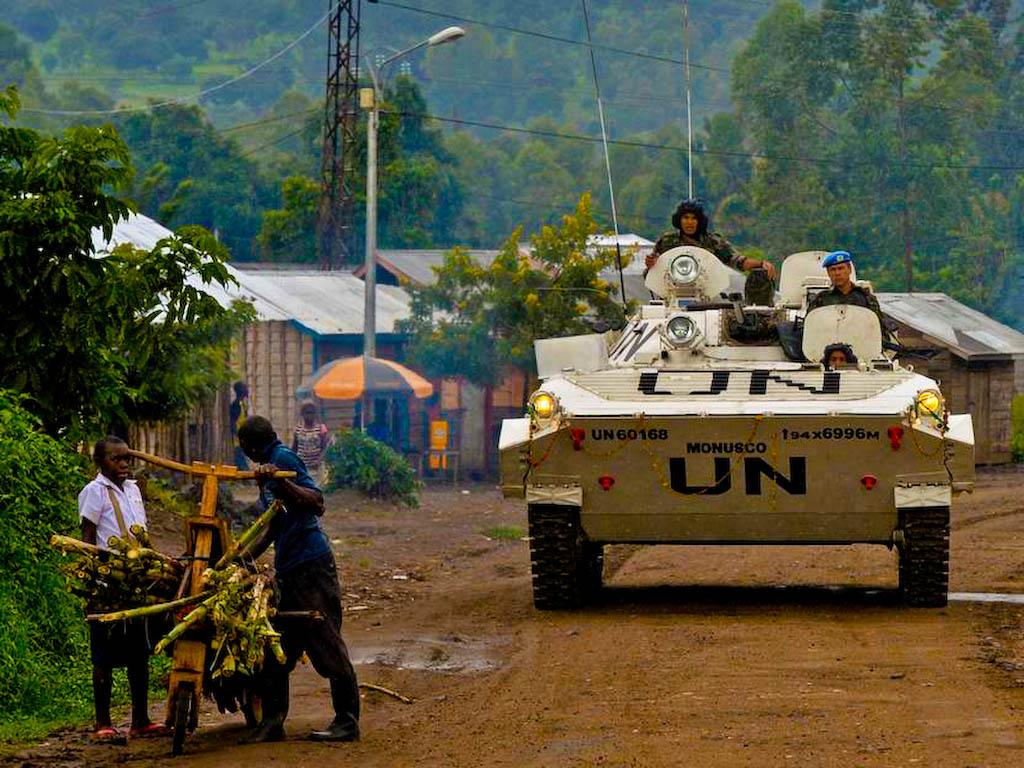
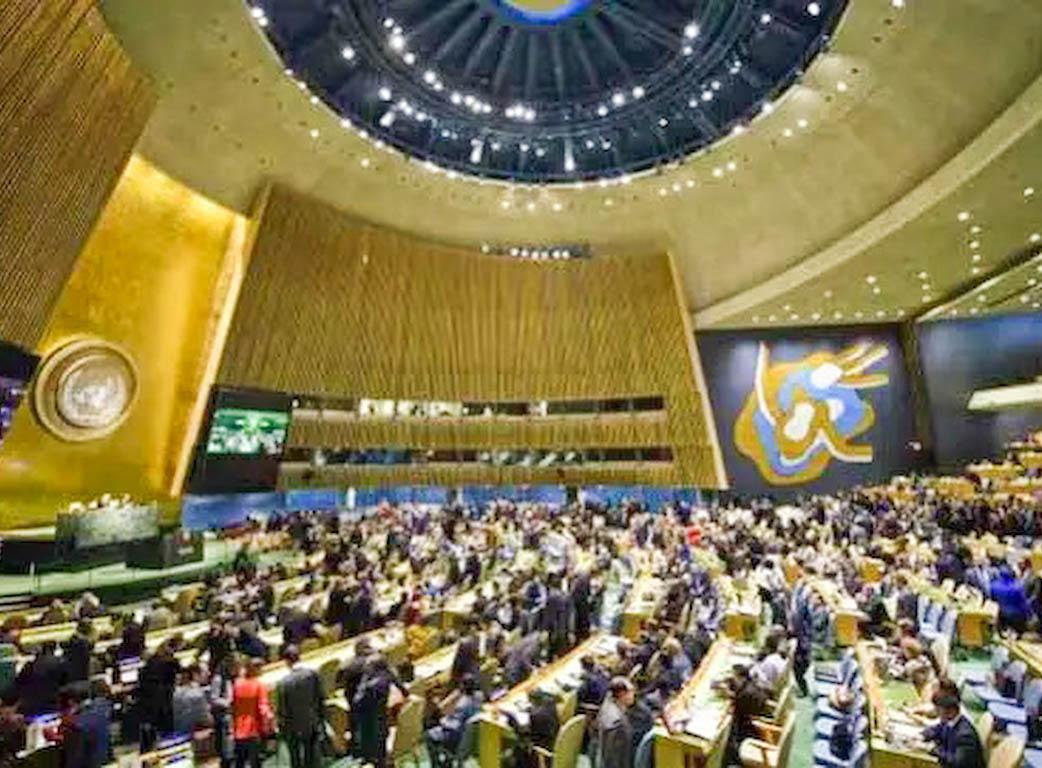








 EDitt | Web Agency
EDitt | Web Agency
Leave a comment